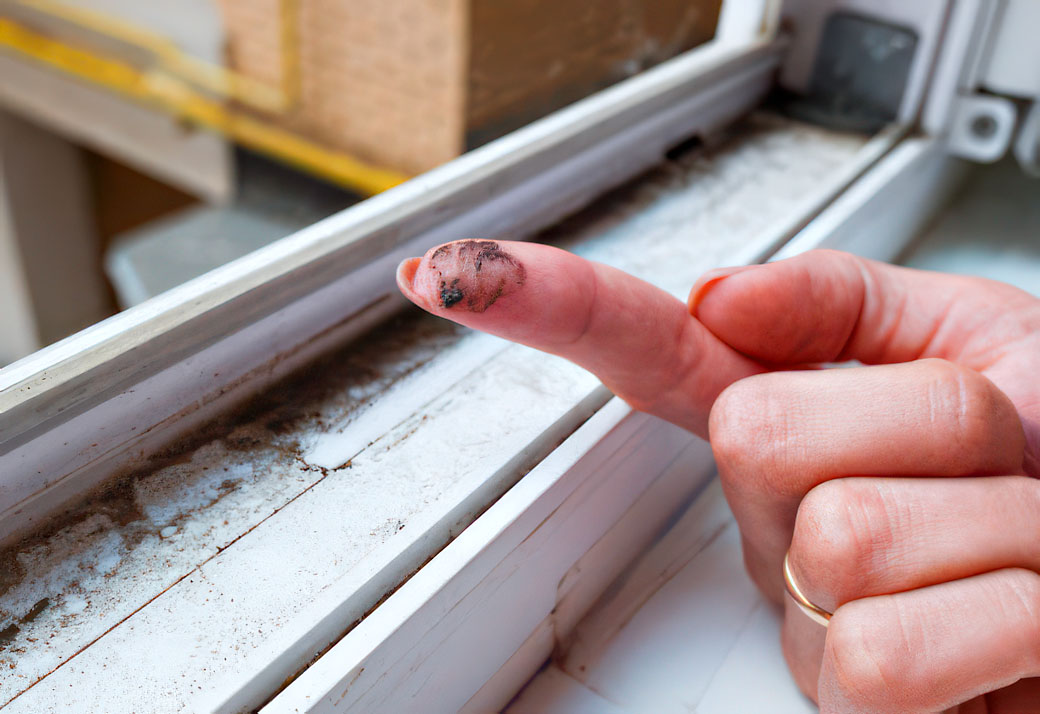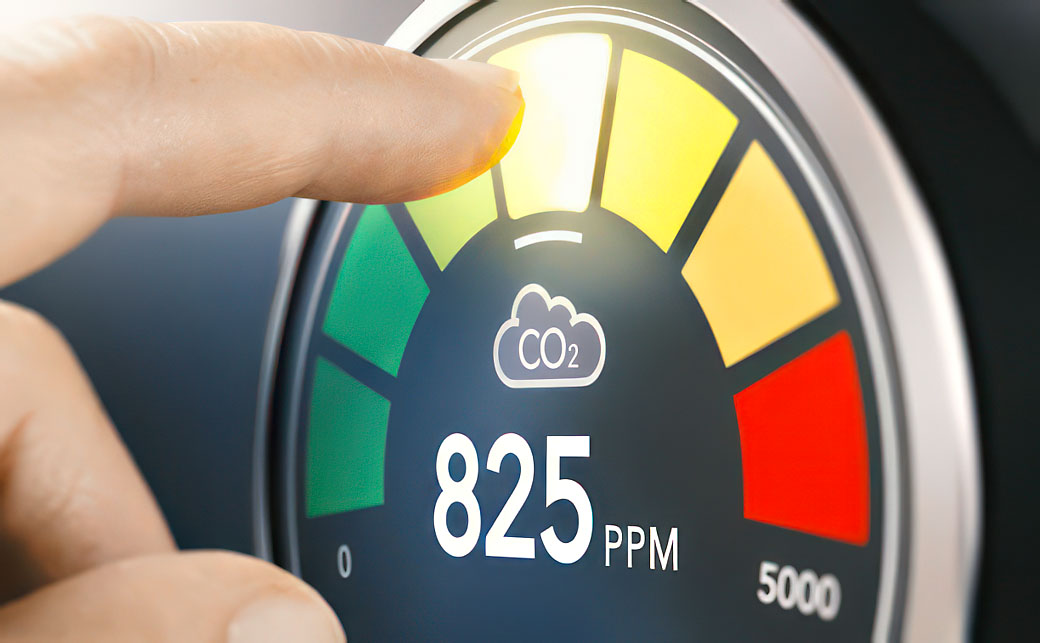
Demystifying Dehumidifiers: Everything You Need to Know
Have you ever walked into a room and felt the air was heavy and damp? Or maybe you've noticed mold or mildew growing in your home. These are signs that the humidity levels in your home may be too high. In this comprehensive guide, we'll demystify dehumidifiers and help you understand how they can improve your indoor air quality and health.
Understanding Humidity Levels
Humidity refers to the amount of moisture present in the air. Ideally, indoor humidity levels should be between 30% and 50%. Anything above this range can create a breeding ground for mold, mildew, and dust mites, which can trigger allergies and asthma.
Benefits of Using a Dehumidifier
Using a dehumidifier offers several benefits, including:
- Reduced mold and mildew: By reducing humidity levels, dehumidifiers can help prevent mold and mildew growth.
- Improved air quality: Dehumidifiers can remove allergens such as dust mites and mold spores from the air, improving indoor air quality.
- Healthier environment: Maintaining the right humidity levels can help reduce respiratory issues and allergies.
For those seeking the ultimate weapon against dampness, we've rounded up the best dehumidifiers of 2024 to ensure a comfortable and healthy home.
Types of Dehumidifiers
There are two main types of dehumidifiers: refrigerant (compressor-based) and desiccant (absorption-based). Refrigerant dehumidifiers work by cooling the air to condense and remove moisture, while desiccant dehumidifiers use a drying agent to absorb moisture.
Factors to Consider When Choosing a Dehumidifier
When selecting a dehumidifier, consider the following factors:
- Room Size: Choose a dehumidifier that is rated for the size of the room where it will be used.
- Capacity: Consider the dehumidifier's capacity to remove moisture, measured in pints per day.
- Noise Level: Some dehumidifiers can be noisy, so consider the noise level if you plan to use the dehumidifier in a bedroom or living room.
- Energy Efficiency: Look for an energy-efficient model to save on electricity costs.
Conclusion
Dehumidifiers can play a crucial role in maintaining a healthy indoor environment by controlling humidity levels. By understanding how dehumidifiers work and considering the factors mentioned in this guide, you can select the right dehumidifier for your home. So, say goodbye to dampness and hello to a healthier, more comfortable living space!
Trending Articles











